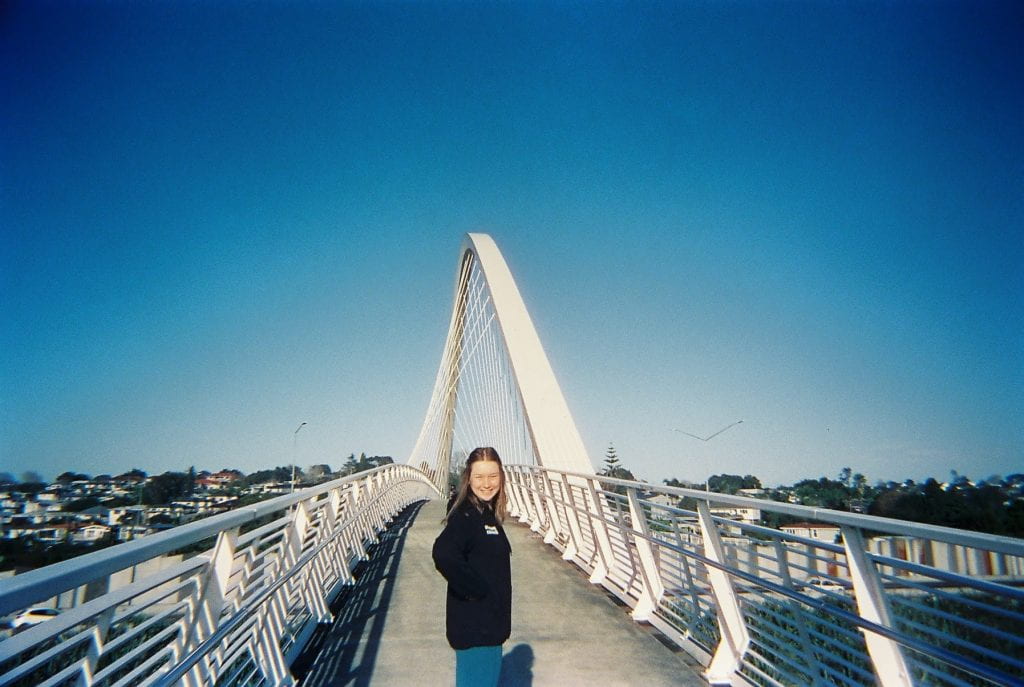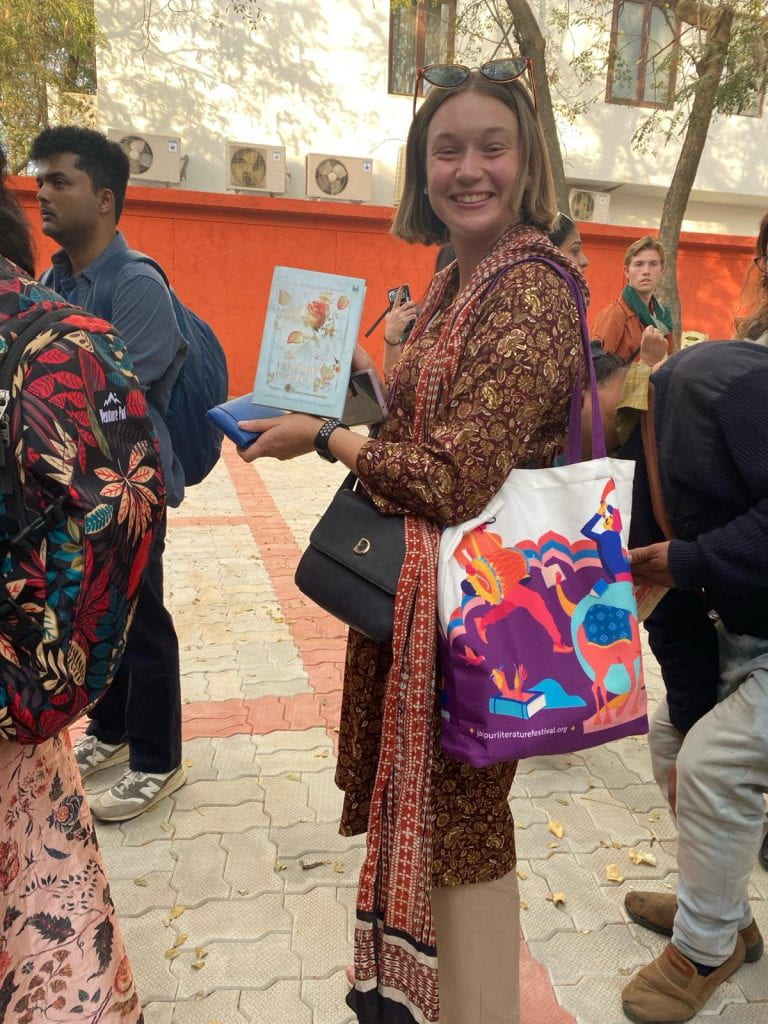For many of us, the clothes we wear each morning is an unconscious decision. Shopping for clothing is about finding something which grabs your interest and looks nice on you. Even if you have gone about consciously thinking about your own style, thinking about all the different aesthetics out there, you probably haven’t thought that your style is embedded in western style clothing.

Likewise, fast fashion has driven the disconnect between the fields which the crops are grown in and where and how the dyes are made, the factories in which your clothes are sewn and the people which make your clothes. We have also seen a shift away from the everyday wearing of traditional clothing across many cultures—in many cases often replaced by dominant western styles. In some ways, clothing is yet another way in which colonisation appears, and conversely a deeply important mechanism for expression of culture.
Firstly, what does this look like in the context of India. A variety of traditional clothing is commonly worn across India. We saw this firsthand on the streets, in temples and religious spaces, and across a variety of professions and at more formal occasions like events and weddings.
A basic combination of clothing was the pairing of a “kurta” – longer length tunic down to calf height, or “kurti” – shorter tunics which are hip length, which are worn over pants. Basic straight leg flowy pants are called “pajamas”, and commonly worn by both men and women. Women can also wear “churidar” – leggings underneath their kurta.
Women also commonly wear “sarees”, which are composed of a blouse which can be purchased separately or made from a matching fabric to the saree which is paired with the long fabric (3.5 to 9 yards of fabric length) which is draped to form a skirt and across the body over the shoulder. The most common length is 6 yards, or 5.5m. Depending on the material and design, a saree can be worn as daily year or formal attire. On the topic of formal attire, women can wear a “lehenga choli” – a skirt and blouse combination. The advantage of this being that no draping is needed to achieve the look in comparison to a saree.
A must have accessory is a “dupatta” – a scarf which is common across all genders. This can be a shorter scarf, or draped as a shawl across the entire outfit. Scarfs can be made from a variety of materials of various different weights. Pashmina scarves have a particularly famous reputation in India, prized for their softness. The textile industry itself is synonymous with India, from the production of cotton and silk, unique block dyeing and diverse range of textile production.
We had the opportunity to visit Bagun block printing factory and learn about this incredible craft. The first step involved destarching the fabric by soaking it overnight in order to make the cotton softer and easier to work with. An initial pre-treatment is then added to the fabric with a slight yellow tint which allows uptake of the dye into the fabric by facilitating the chemical bond between the dye and the fabric. The dyes themselves are made from natural materials – black dye from iron, red dye from tree resin, alum mineral and red clay, and blue dye – from the indigo plant requiring a slightly different dyeing process.
Once the fabric has dried with the pre-treatment, it is laid out onto tables and pinned down. Then hand cut blocks are stamped onto the dye pad and then onto the fabric. With more intricate designs, multiple rounds of stamping is required, and depending on the humidity, drying is needed between coats. The factory we visited produces garments which are then sold through the FabIndia brand, including sarees, dupattas and other items.
This became the start of my saree adventure, where I was tasked with the mission of choosing, tailoring and then wearing my own saree to the New Zealand High Commission. First choosing our saris, we decided sari colour before moving onto fabric type and sari design. After choosing our saree, we needed to get it tailored requiring the making of a underskirt for the more sheer fabrics, and then making of the blouse, and if desired, adding permanent draping to the sari fabric. For our visit to the High Commission, we had our sarees professionally draped on the day. This was no easy feat, and required the testing out of a variety of different regional and modern draping styles to determine the best fit with the fabric, comfort and personality of the wearer. Adding jewellery helped round out the outfit and encouraged us to wear our saris with pride. It was humbling to think that draping a saree was second nature to Indian women growing up wearing the garment, and the level of skill developed over a number of years; mothers and aunties and older sisters passed on these skills through generations. Sitting in this moment, wearing my saree from the beautiful city of Jaipur, it felt like such an honour to be here, and immersing myself in the culture. It’s not something I take lightly, to be invited to engage in someone’s culture to such an extent. To do justice to the artisans whom make the garments, and the deep and rich culture which Indian’s wear with pride – whether that’s everyday or reserved for special occasions. It was incredibly touching to have conversations about where my saree was from, and what wearing traditional dress meant to them.
Wearing traditional dress is a challenging topic, particularly considering the role of cultural appropriation and agency of the particular cultures in question. Checking in with locals about the appropriateness, and considering your intentions are important processes to go through. The particular cultural sensitivity around articles of clothing, and their meaning is also important to gauge, as not all items are regarded the same. Who seeks to profit from the sale and popularity of the items outside of these communities are also important things to consider.
I was lucky enough to be travelling with locals, which provided a great window into assessing the cultural waters, and where I was able to grow more confidence in embracing cultural norms and approach Indian dress in a sensitive way.
Moving forward, considering the way I wear my culture and my identity across the various different communities I belong to is an important process: the traditional Russian scarves of my family and the lengths they have travelled through Russia, to Hong Kong, Invercargill and Salem, Oregon in America; the ENZ Koru badge I wear as a proud New Zealand ambassador overseas; the Pride badge and rainbow colours I wear with pride; my bright blue SciSA top I first originally wore back on 2021 – an organisation I consider as my second home.
I have lots more reflecting to do on this incredible trip over six weeks across India–once my fatigue and jetlag properly subside. This has been an experience which has truly changed my perspective and outlooks on all kinds of elements of my life, an incredible foundation for making forever friends and lifetime connections. These connections unite universities and their student clubs across oceans, and promote ongoing collaboration in the scientific research space. I’m deeply thankful and appreciative to have such an opportunity. Thank you ENZ and 360 International who made this possible, and additionally the Indo Genius team who ran the program on the ground and enabled such a comprehensive experience.
